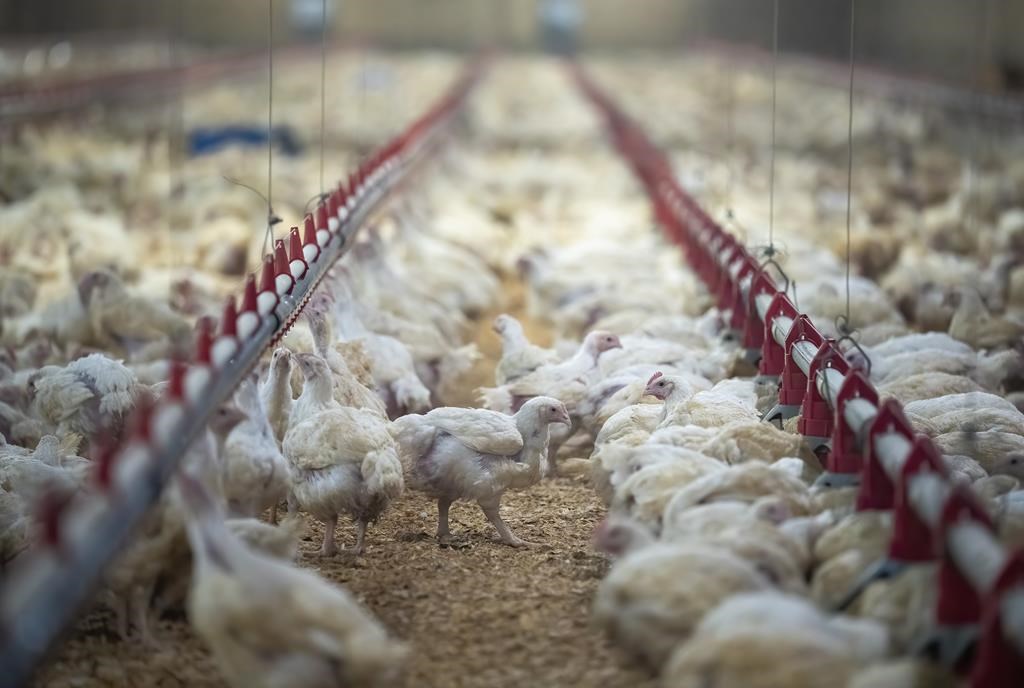Avian flu has been detected at seven commercial poultry farms in B.C.’s Fraser Valley.

The current H5N1 strain of avian influenza is highly pathogenic and can cause serious disease and death in birds.
The Canadian Food Inspection Agency detected the virus at six farms in Abbotsford and one in Chilliwack between Nov. 16 and Nov. 19, according to B.C.’s Ministry of Agriculture.
The farms have been placed under quarantine, and other producers within a 10-kilometre radius have been notified, the ministry said in a media release.
“The risk of avian influenza to commercial poultry farms and small flocks increases each spring and fall with the migration of waterfowl and other birds to and through British Columbia,” the ministry said.
“Since the first 2022 confirmation of avian influenza in B.C. poultry in mid-April, there have been 36 cases in B.C. Eighteen were before June, and 18 since September after the fall migration began. Of the 36 cases, 14 were on commercial farms, 21 in small flocks and one in a captive wild bird.”

The province has issued a pair of orders in recent months aimed at reducing the virus’ spread.

Get weekly health news
The province’s chief veterinarian ordered all regulated, quota-holding chicken and turkey producers to maintain indoor operations in September.
In October, they issued a second order banning producers from bringing birds to comingling events, like auctions, poultry swaps and bird shows.
The avian flu has infected an estimated 200 flocks accounting for more than 3.5 million birds across Canada this year.
After a six-year absence from Canada, it was first detected in Newfoundland last December, and has since been identified in Alberta, B.C., Manitoba, New Brunswick, Nova Scotia, Ontario, Quebec and Saskatchewan.
— with files from the Canadian Press








Comments